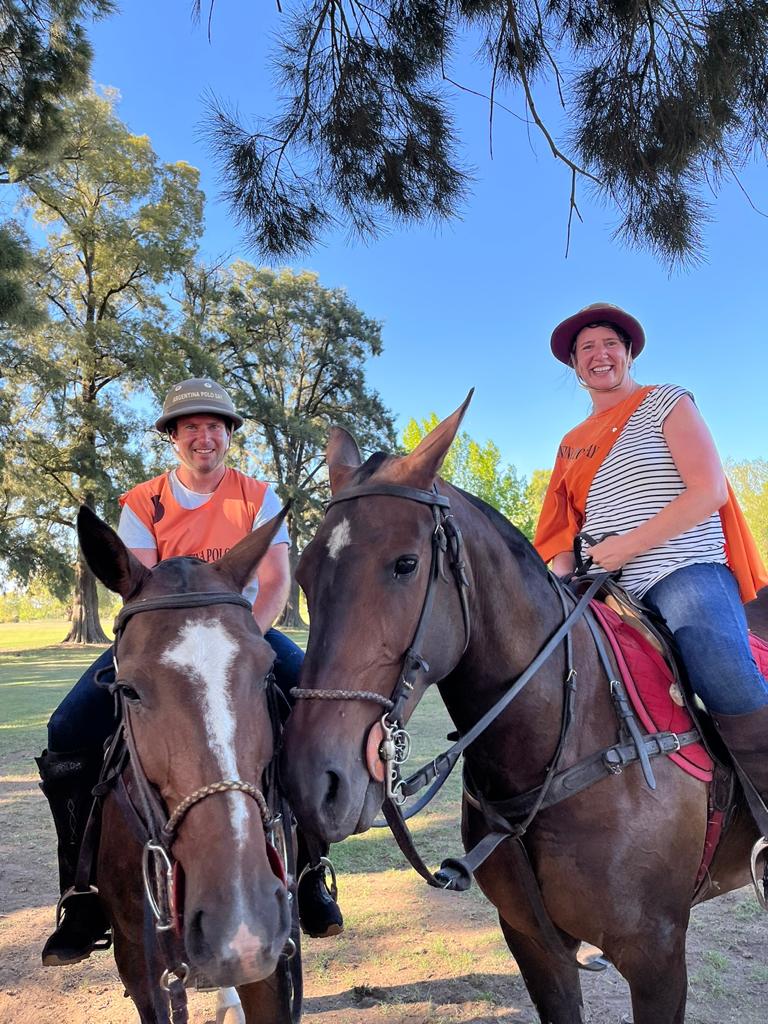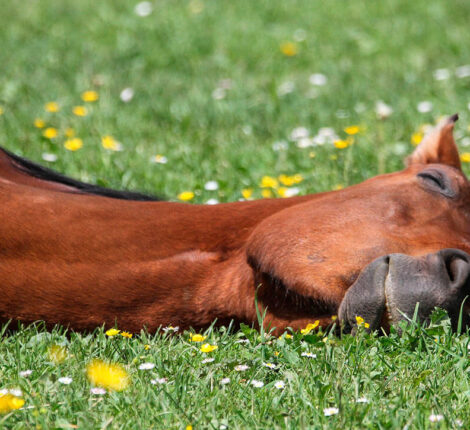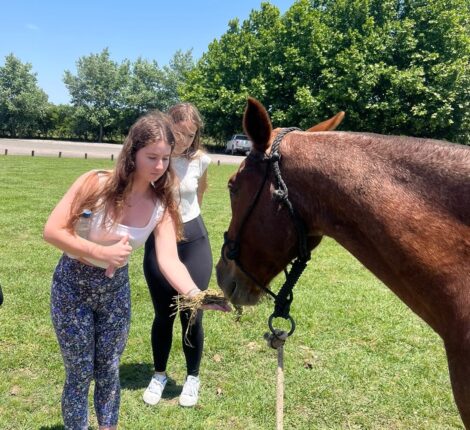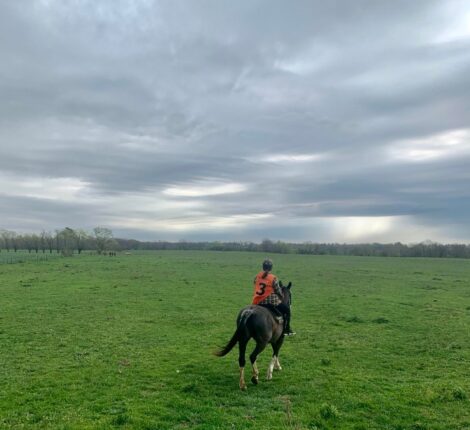- January 12, 2023
- Horse Care
- Comments : 0
Facts about horses’ vision
Horses are fascinating animals and there’s still a lot to learn from them. For starters, horses’ vision has many curiosities to them. Let’s learn about some of them!
Wide range of vision
Horses’ eyes are located in a particular place, at both sides of their head. This allows them to have a fairly wide vision of about 350 degrees, with approximately 65° of this being binocular vision and the remaining 285° monocular vision. This provides a horse almost no blind sports, giving them a best chance to spot predators. The only two blind spots a horse has is right in front of their face and right behind the head.
Color blindness
Horses can actually distinguish colors, contrary to the myth of grayscale vision. Although they cannot identify a large spectrum of colors, red and green are usually colors that aren’t distinguishable from each other.
Sensitivity to light
Because horses are diurnal animals, you can rest assure that they will see the trail and any obstacles during your riding experience just fine. This also causes no problem when playing sports such as Polo during the day.
However, horses’ night vision is also good. Because their eyes have a high sensitivity to light, studies show horses are able to distinguish different shapes in low light, including levels mimicking dark. This makes them perfect for playing Polo at night too!
The eyes as a form of communication
Horses are capable of reflecting stress through blinking, with six contractions per minute being a possible sign of stress. Therefore, looking into their eyes is a great way to not only check for any health issues that may be occurring but also to know their overall mood.
Keep these fun facts in mind during your horse riding experience and see your horse’s vision capabilities in action!




